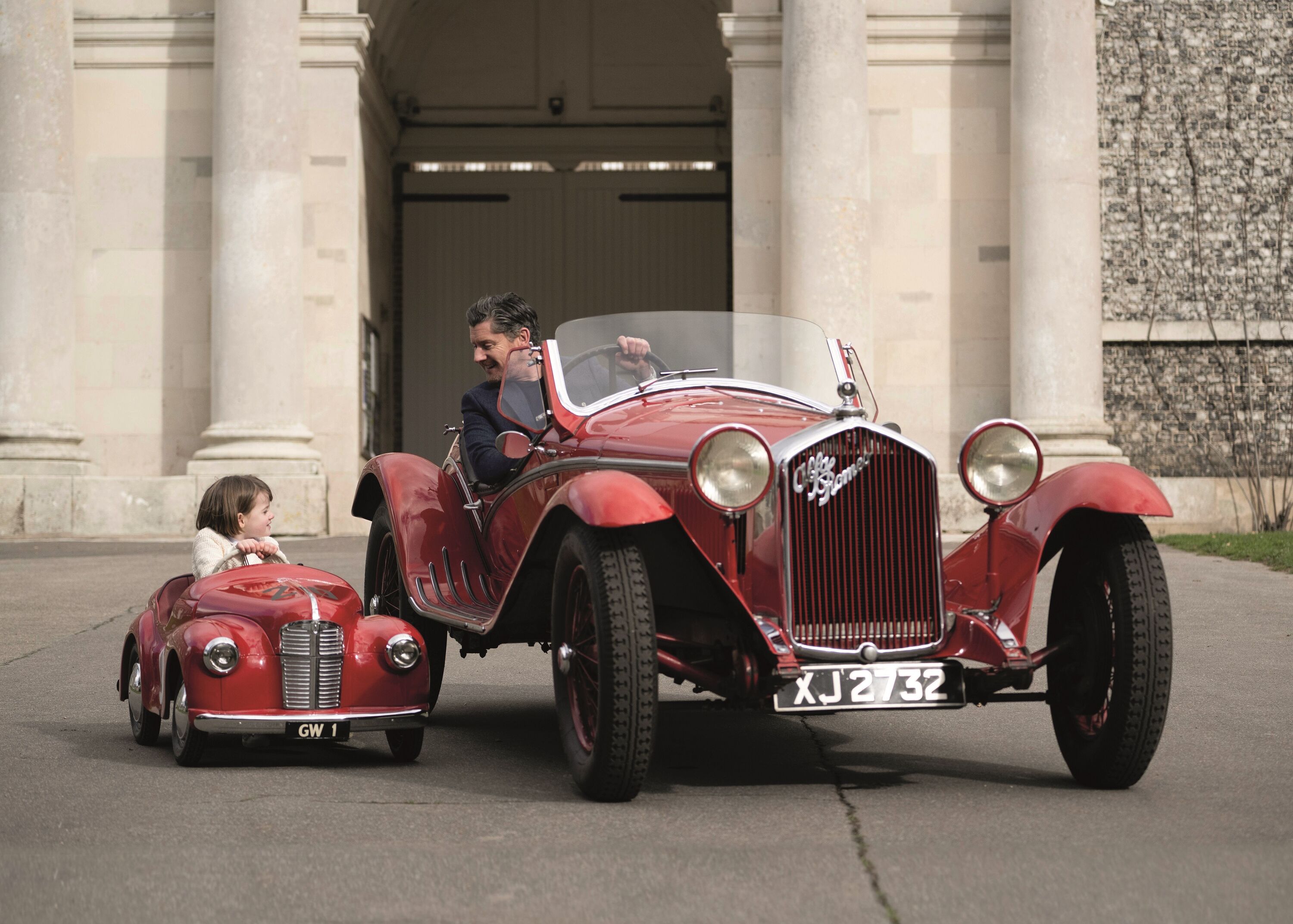Who will save the Lotus Elise? | Axon's Automotive Anorak
It’s exciting enough that celebrated British sportscar maker Lotus will once again be the honoured marque for this year’s memorable Central Feature at the 2021 Goodwood Festival of Speed presented by Mastercard (08-11 July). The cherry on the cake is that the fast-paced Goodwood event will also be the stage for the global public launch of the thrilling all-new Lotus Emira mid-engined sportscar.

To say that expectations for the new Emira are high would be a huge understatement to say the least, as importantly this brand new petrol-powered sportscar (Lotus’ last) is set to replace the iconic Elise and Exige. Simon Clare, the marketing boss of Lotus Cars, commented on the pending Goodwood launch that, “To be giving a public dynamic debut to the Emira at a location so closely associated with Lotus’s success and spirit of innovation will be great for those who can attend, physically or virtually.”
Current pre-launch intelligence suggests that the Emira will be introduced with a choice of internal combustion engines; a turbocharged four-cylinder 2-litre motor and a version of the range-topping Lotus Evora's supercharged V6. A quarter-of-a-century after the launch of the original game-changing Elise, the Emira will have a very tough act to follow, although enthusiasts of the model are likely to approve of its replacement from what we hear.
If the rumours are true, however, the legion of fans that the spirited Elise has built up over the last 25 years need not fret quite yet. Lotus is said to be seriously pondering the sale of all rights to the outgoing Elise, including the car’s tooling. Managing Director Matt Windle said, "If the right project and the right partner came along, I do not see why not. It's a wonderful car”.

The most obvious (and successful) of these is the Lotus Seven, first developed by pioneering Lotus founder Colin Chapman in the late 1950s, with the rights to the basic roadster sold off to the Seven’s most prolific dealer, Caterham Cars, in 1973 as Chapman aimed to reposition Lotus away from its former simple kit car roots. Caterham’s MD Graham Nearn initially continued production of the funky, beach buggy-esque Seven Series 4, launched just three years earlier by Chapman in 1970, with Caterham removing the Lotus badges and replacing them with generic Super Seven logos, although the authentic Hethel Twin-Cam engines were still retained.
In 1974 Nearn took the bold but far-sighted move to replace the Series 4 Seven with the less complex, purer and more timeless Series 3 model, as first introduced as a Lotus in 1968. Today, almost half a century after acquiring the rights to the Super Seven, Caterham’s reintroduced Series 3 model remains the quintessential Seven, with a wealth of variants created over the years.
As well as transferring the tooling and production rights to Caterham in 1973, the ever-canny Chapman also sold the Seven Series 4 licence to his Spanish Lotus importer, Hispano Aleman, as well as the selling the model’s rights to Steel Brothers Limited of Christchurch in New Zealand. The Spanish ‘Seven’, named Mallorca, was SEAT 1430 Twin-Cam-powered. Late examples used Ford engines. The Kiwi models stuck with the Lotus Twin-Cam unit, the last of these being built in 1979 with Lotus badging.
Chapman and Hispano Aleman also had plans to continue production of the innovative mid-engined 1966-75 Europa. Reworked as the Castilla prototype, it featured facelifted coachwork and a SEAT Twin-Cam powerplant, but the model remained stillborn.
Fast forward a couple of decades, post Chapman’s demise, and Lotus Cars was at it again. It sold off the manufacturing rights to its modern front-wheel-drive second-generation 1989-95 Elan (M100) to the then-unknown but rapidly expanding South Korean vehicle producer, Kia.
An unlikely suiter at the time, in need of an image boost, Kia made a few subtle styling tweaks to the Elan’s rotund Peter Stevens-designed bodywork, tickled with the spacious two-seater cockpit. It also swapped the original 167PS (165BHP) 1.6-litre turbocharged Isuzu-sourced motor for one of its own naturally-aspirated 151PS (149BHP) 1.8-litre units.
Built mainly for domestic South Korean market consumption (with a handful exported to Germany as the Kia Roadster), the Oriental Elan was only produced for three short years, from 1996 onwards. Just 1,000 or so examples of the sharp-handling sportscar were made, falling some way short of the 3,855 originals produced in two stints by Lotus Cars itself at Hethel.

In 2006 Lotus revived the Europa name for its latest Elise-derived mid-engined coupe, a more spacious and refined ‘grown-up’ Elise for keen drivers in need of more space, practicality and comfort. Seemingly there were rather less of these ‘keen drivers’ around than Lotus had forecast though, as just 504 examples found buyers over the new Europa’s brief four-year career.
True to form, Lotus found yet another willing taker for its cast-off second-generation Europa model, with Chrysler this time being the surprising paramour, relaunching the car as the Dodge Circuit EV in 2009, powered by a 200-kilowatt all-electric motor. Working prototypes were built and presented to the press and public alike, but ahead of the Dodge’s planned 2010 sales launch, parent Chrysler Group’s takeover by Fiat (to create FCA) put paid to any production plans for the Circuit EV before any customer cars could be delivered.
Reviving an extinct Lotus model with a new lease of life hasn’t just been the reserve of ex-road car models, however, as proven by the ambitious Lotus Exos T125 single-seater track day special. Created specifically as a training vehicle for the circuit, Lotus planned to produce 25 examples of its 2011 Exos T125, but stopped production of this failed project after just five cars had been built. Lotus soon sold its dormant single-seater trainer project to New Zealand-based Rodin Cars. The Cosworth GPV8 3.8-litre vehicle was rebranded as the FZed (recently joined by an electric FZEV version) and now retailing at around £463,000, strictly for track use only.

So, with production of the acclaimed Elise now ending at Hethel once and for all, will the allure and cult following of this engaging baby Lotus be enough to tempt a new buyer to take over manufacturing?
If Lotus does decide to sell the rights to this quintessentially English sportscar, hopefully, Elise production will remain within the UK, possibly with a suitable former rival such as Caterham, Ginetta, Zenos or the recently revived Radford acquiring it. Alternatively, established and respected high-quality British kit car makers such as Westfield, Gardner Douglas, Ultima or GBS could also consider the model to extend their sporting product portfolio.
Whatever the outcome, here’s hoping the featherweight Elise can survive and thrive under an appropriate new custodian. This exceptional sportscar deserves to live on for many more years to come.
Axon's Automotive Anorak
Lotus
Elise







